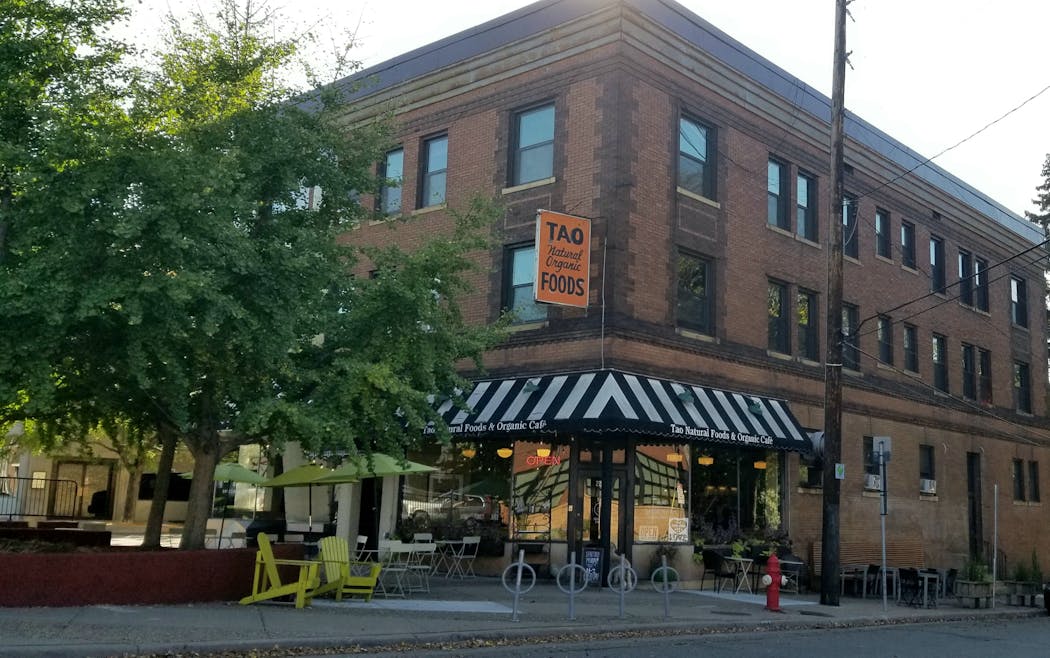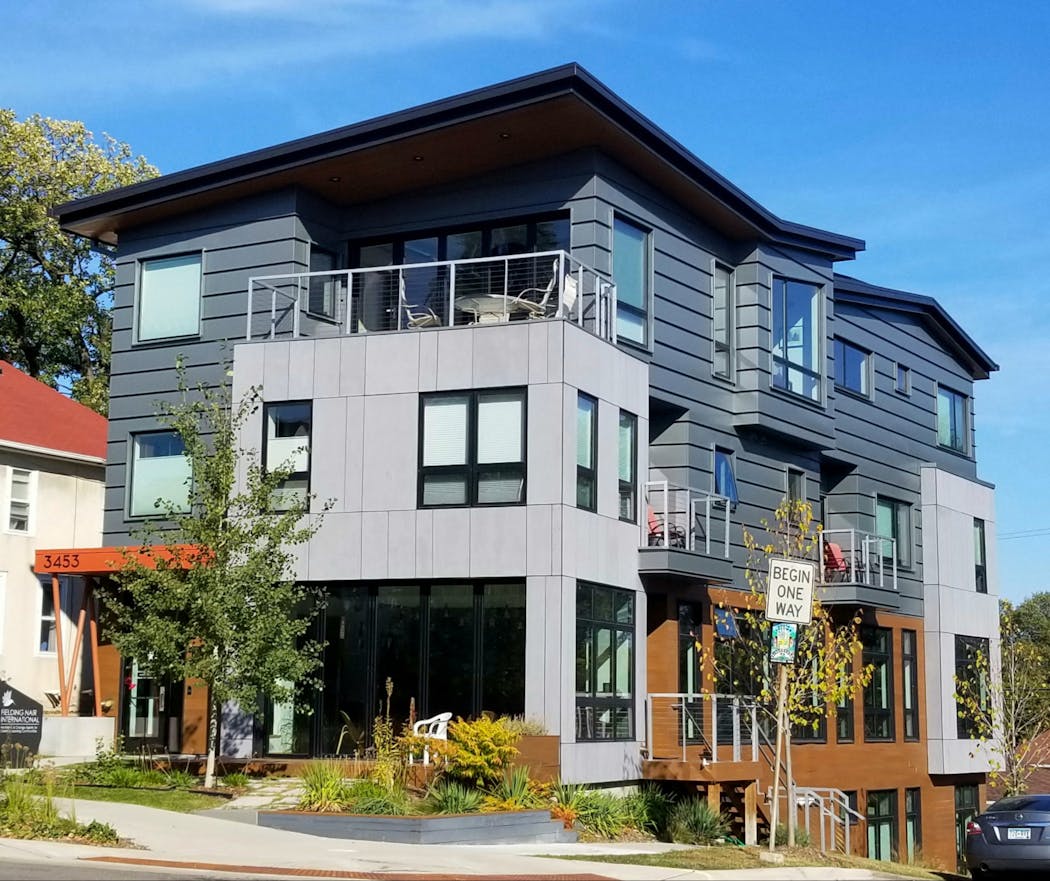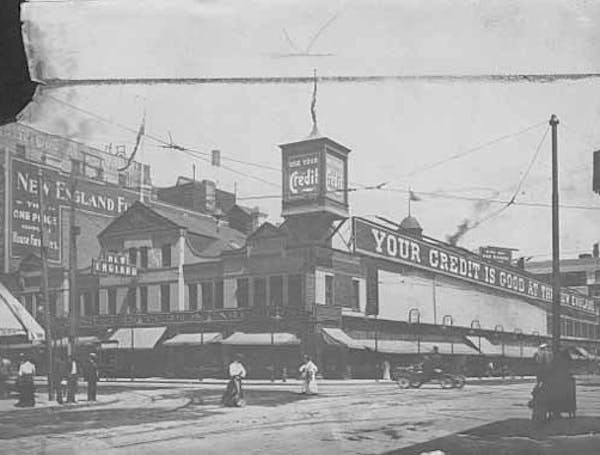We might drive by them every day, but barely notice them. That's because the two-story buildings clustered along city intersections aren't all that distinctive. They are, however, part of our history.
These often modest buildings are the remnants of the streetcar — the long-gone transit system that began in the 1870s and spread through the cities, spawning small commercial zones along its routes.
Until the 1920s, it was commonplace and convenient to live close to where you worked. And the growth of white-collar jobs in downtown Minneapolis and St. Paul in the late 19th and early 20th centuries contributed to the rapid expansion of corner stores with apartments above them.
Indeed, many city neighborhoods can trace their beginnings to the streetcar system that shaped our metropolis.
Commercial nodes sprouted at key trolley stops — such as Lake Street and Hennepin Avenue in Minneapolis and University and Snelling avenues in St. Paul. Adjacent neighborhoods were developed with the support from the Twin City Rapid Transit Co., which was formed by Thomas Lowry (from whom the Lowry Hill neighborhood gets its name).
Most of the core transit lines, built from 1875 to 1900, covered what is now the central business district surrounded by I-94 and I-35W. A second spurt of building started in 1905, putting in place most of the southern and crosstown connecting lines as both cities grew.
In 1906, a significant linkage was made with the Como-Harriet line, connecting downtown St. Paul (via Como Avenue) and downtown Minneapolis (via SE. 4th Street) and extending all the way to Lake Harriet and into the Linden Hills neighborhood.
There, at the nexus of Sheridan and Upton avenues, is one of the most concentrated collections of apartment/shop architecture remaining in the Twin Cities.
It continues to be successful.
The former streetcar right of way forms an alley of sorts that's used for parking. A four-story building boasts a bakery and eyeglass shop at street level, law offices and other business offices on the second level, and two more floors of apartments above that.
Across the street is a two-story building that had a business at street level and apartments on the second. Today, it houses a toy store and offices above. Nearby is an ice cream parlor, another two-story that once had a shop with apartments above.
Heading back toward downtown Minneapolis along the Como-Harriet line, weaving its way past Lake Harriet and Lakewood Cemetery to the south end of Hennepin Avenue, we find a modern-day example of shop-top living.
Making it work
In her landmark book "The Death and Life of Great American Cities," urban activist Jane Jacobs argued that one of the keys to lively neighborhoods is spaces and places that offer varied functions. Buildings that can accommodate grocery stores and co-ops, banks, shops and laundromats and other services make a neighborhood more efficient.
Another key is what author Ray Oldenburg calls "The Great Good Place." Others refer to it as the "Third Place" — coffee shops, cafes, bars and other places where people go to hang out that is neither at home nor work.
The newly built Hummingbird at 35th and Hennepin is a perfect example of a compact living-working-shop building.
The top two floors have apartments. On the ground floor, there's an office suite for Fielding International, the architecture firm that designed the building, plus a common space shared by all building occupants for meetings. There's another office space on the back walkout level as well as parking.
The Hummingbird is neat and tight and efficient and a new version of the old streetcar-fueled buildings.
These sorts of structures help the larger neighborhood and can "play an important role in connecting a complex to the adjacent community," said University of Minnesota architecture professor Julia Robinson.
Unfortunately, multipurpose buildings are few and far between in the Twin Cities. We can hope that more designers and developers will come to see the value of living above the shop when there's an opportunity to link work, home and play in efficient spaces.
Bruce Wright is a Minneapolis-based architect, author and educator specializing in architecture and construction technology.

Neal Justin: Why Conan O'Brien is a national treasure
Choctaw artist Jeffrey Gibson is first Native American to represent the US solo at Venice Biennale
Fernando Tatis Jr. has 50 custom cleats planned this year, including odes to Gwynn, Curry and more
Nancy Pelosi memoir, 'The Art of Power,' will reflect on her career in public life




